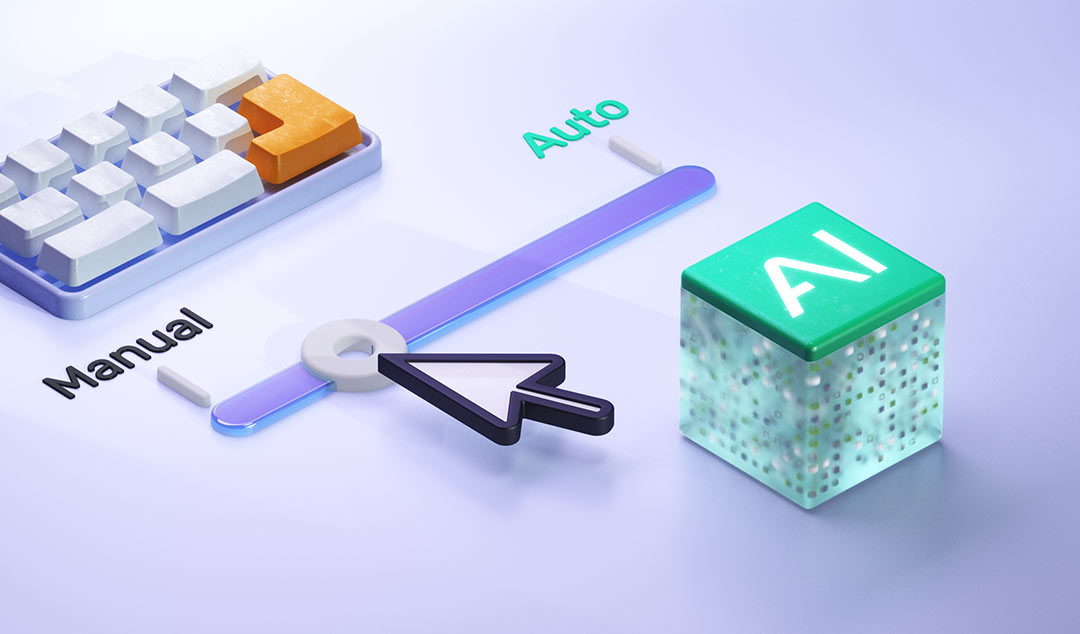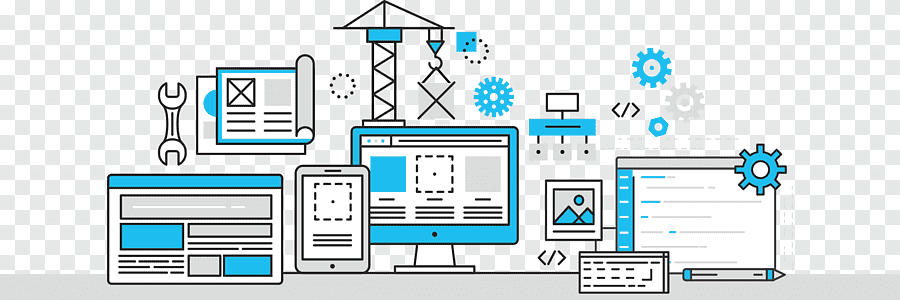Leading Resolutions Senior Engineering Consultant, Logesh Bhoopathi, provides an insight into why AI for Testing is an absolute must and where it can have the biggest impact.
Using AI to improve software testing is a game changer
AI in Testing: Transforming Quality Engineering for the Future

Artificial Intelligence (AI) has transitioned from a futuristic idea to a present-day reality, significantly transforming industries across the globe. By automating routine tasks and revealing hidden insights, AI is reshaping organisational operations. In the field of software testing and quality engineering, AI is essential for enhancing efficiency, accuracy, and scalability.
The growing complexity of software applications, coupled with accelerated development cycles and heightened expectations for flawless digital experiences, necessitates a fundamental change in testing methodologies. While traditional testing approaches have proven effective, they are often time-consuming and resource-intensive. AI-driven strategies introduce intelligent automation, predictive analytics, and adaptive learning, enabling organisations to enhance software quality while optimising costs and minimizing manual effort.
As AI continues to advance, its incorporation into quality engineering is not merely an option; it has become essential for maintaining a competitive edge. This article delves into how AI can transform testing processes, its applications across various industries, and the advantages it provides in promoting efficiency and effectiveness in quality assurance.
The Rise of AI in Quality Engineering
The rapid advancements in AI are transforming the competitive landscape of software testing. As organisations navigate the ever-evolving digital ecosystem, the integration of AI methodologies in quality engineering has become essential for success. However, merely adopting AI tools is insufficient; it is vital to understand best practices, align with business objectives, and mitigate risks for effective implementation. CIOs and quality engineering leaders must evaluate how AI can deliver measurable value while also addressing potential challenges.
AI-powered testing extends beyond the technology sector and is being embraced across various industries, including healthcare, finance, retail, automotive, and telecommunications, where maintaining high software quality is crucial for operational success.
Enhancing Quality with AI-Powered Tools

AI-driven tools are transforming the quality engineering landscape by optimising various facets of the testing lifecycle. The key advantages of incorporating AI in testing include:
● Enhanced software quality through intelligent defect detection and resolution
● Accelerated time-to-market by speeding up test execution
● Decreased human errors resulting from fatigue or oversight
● Improved efficiency in managing complex testing scenarios
Commercial AI-based testing tools provide advanced capabilities, many organisations are investing in developing in-house AI-powered solutions tailored to their unique requirements. Customised AI-driven reporting further boosts testing efficiency by delivering deeper insights into defects, execution trends, and areas ripe for optimisation.
Integrating AI should be regarded as a strategic investment. Managing AI initiatives as a portfolio evaluating gaps, understanding employee interactions with tools, and aligning them with company objectives ensures that AI adoption yields tangible business benefits rather than resulting in fragmented implementation.
AI in the End-to-End Testing Lifecycle
AI is profoundly influencing every phase of the testing lifecycle. Here are some of its key applications:
● Test Planning & Design: AI enhances the estimation of testing efforts, analyses both high-level and low-level design documents, and transforms them into well-structured test cases. It also supports both functional and non-functional testing by pinpointing areas that require thorough validation and performance benchmarking.
● Test Case Generation: AI can convert API documentation into test cases and further automate the transformation of these test cases into test scripts.
● Test Execution & Automation: AI facilitates self-healing test automation, automated script generation, and intelligent test execution.
● Defect Analysis & Reporting: AI aids in root cause analysis of defects, identifies patterns, and clusters defects for more efficient issue resolution.
● Code & Security Analysis: AI scans code for potential defects and vulnerabilities, providing suggestions for fixes prior to deployment.
● Regression Testing Optimisation: AI identifies critical test cases, streamlines regression suites based on defect trends, and optimises test coverage.
● Incident Reporting & Summarisation: AI delivers actionable insights after test execution by summarizing key findings through customised AI-driven reports.
Organisations must also evaluate how AI-driven testing aligns with their current IT strategies to ensure a systematic implementation approach. It is essential to assess how AI interacts with business value streams, mitigates risks, and integrates governance practices, as these factors are critical to developing a successful AI testing strategy.
Efficiency Gains and Effort Reduction
AI’s adoption in testing has shown significant improvements in productivity. Initial implementations of AI in quality engineering can lead to an effort reduction of 20-40%, while mature AI adaptation can bring savings of up to 70%. However, the key to maximizing these efficiencies lies in a structured approach:
- Conducting an initial audit to assess current operations and identify where AI can add the most value.
- Aligning AI investments with business strategies, focusing on technologies that connect and augment the workforce.
- Tracking progress through measurable metrics to ensure AI initiatives are delivering desired outcomes.
AI as an Enabler, Not a Replacement
Despite its transformative capabilities, AI does not replace the expertise of quality engineers. Instead, it acts as an enabler, assisting testers in repetitive tasks and reducing the risk of human error. By automating mundane and repetitive testing activities, AI allows quality engineers to channel their efforts into more innovative and strategic areas of testing, ensuring a balance between human intelligence and machine efficiency.
Organisations must prioritise security considerations when integrating AI-driven testing tools. The expansion of attack surfaces due to AI-enabled testing makes it essential to align cybersecurity strategies with the onboarding of new technologies. Implementing AI-enhanced security practices, such as AI-driven threat detection and zero-trust security models, can effectively prevent vulnerabilities from becoming critical points of failure.
Conclusion

AI in testing is revolutionising quality engineering, bringing speed, accuracy, and efficiency to software development. Organisations that embrace AI-driven testing will benefit from improved product quality, reduced costs, and enhanced agility in delivering software solutions. However, success in AI implementation depends on strategic planning, ongoing assessment, and a human-centered approach. The future of quality engineering lies in the seamless collaboration between AI and human expertise, ensuring that software products meet the highest standards of reliability and performance while future-proofing operations for long-term success.